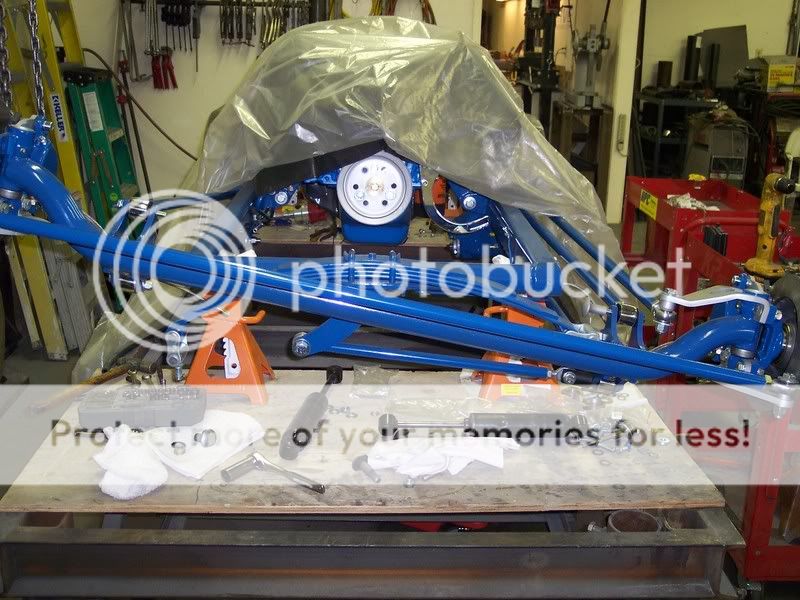TRoadster
New Member
Here is my new and improved 3 link racing inspired rear suspension. I had to cut off the rear shock mounts in order to position the bottom mounts on the rear end so I have to order a new set from Speedway but other than that and some more cone spacers(only had four) she back to a roller. I'll remount the engine and transmission as soon as I get the tubing for the new transmission crossmember and I'll be ready for the body installation.





